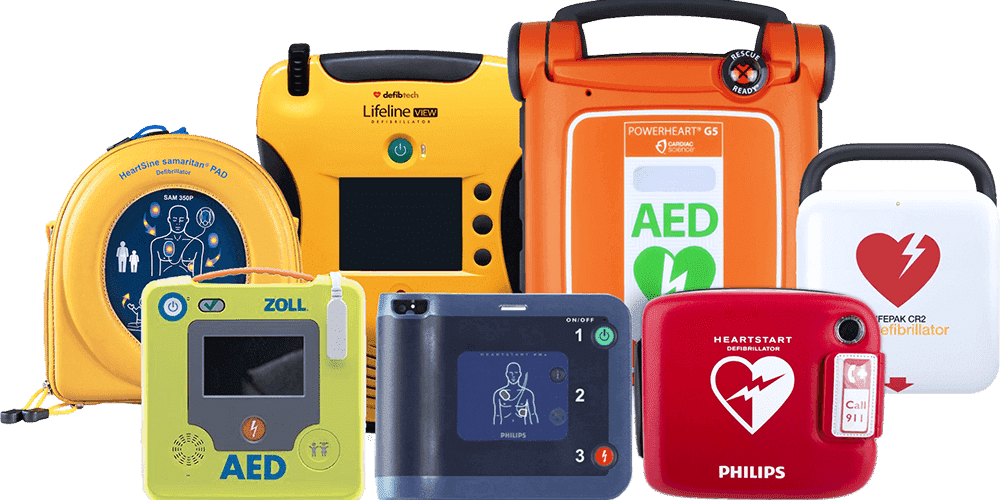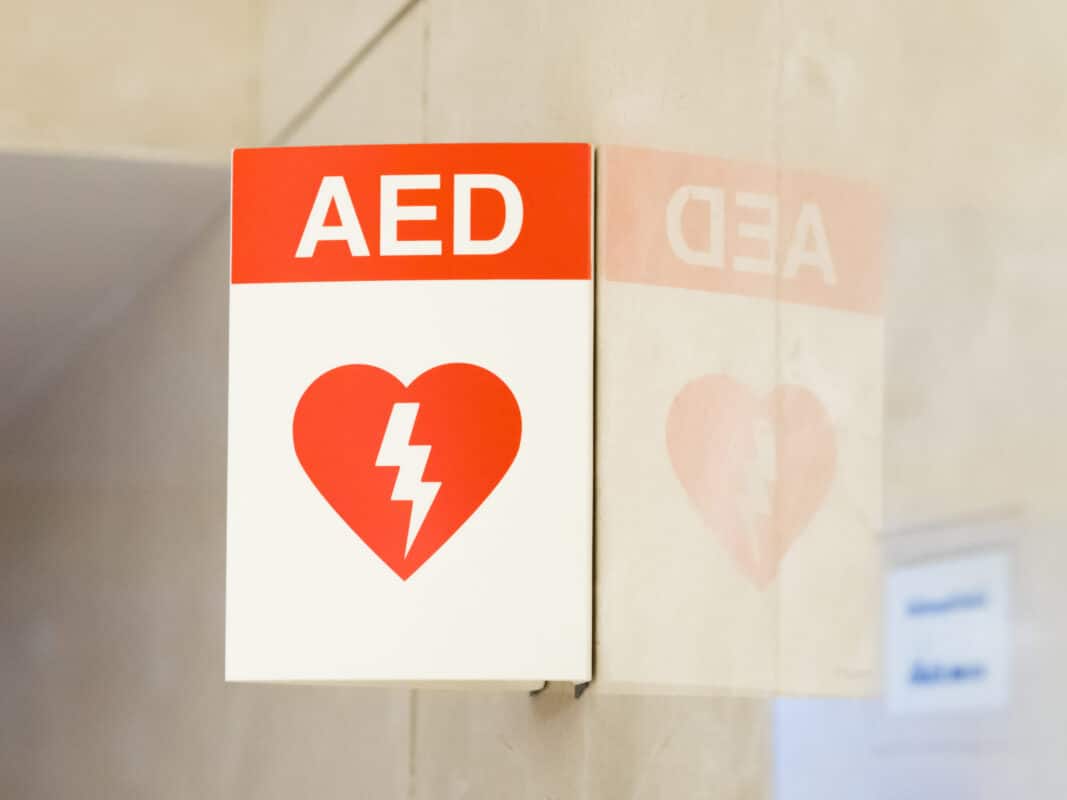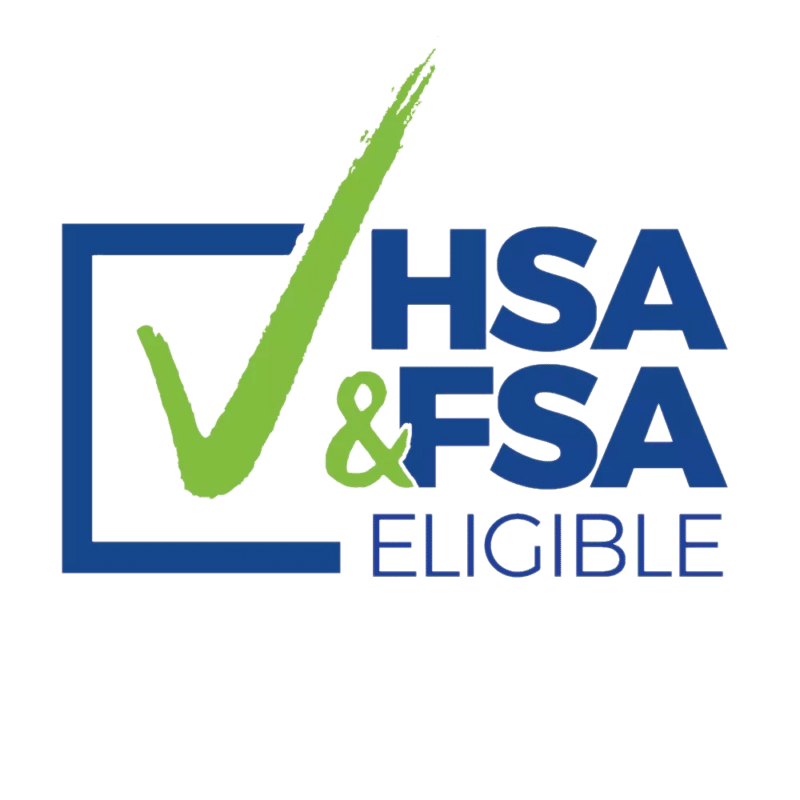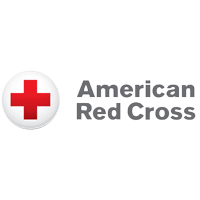No products in the cart.
AED's
The Importance of Knowing Infant CPR and AED Use in Emergencies
Emergencies involving infants can be terrifying and happen when least expected. Whether it’s an accident, a medical condition, or a sudden episode of choking or respiratory failure, these situations demand quick, efficient action. In these critical moments, knowing how to perform infant CPR (cardiopulmonary resuscitation) and operate an AED (automated external defibrillator) can make the difference between life and death. This article discusses why it is essential for parents, caregivers, and childcare professionals to be trained in infant CPR and AED use, and how these life-saving skills can improve outcomes in emergency situations.
The Vulnerability of Infants

Infants are particularly vulnerable to a variety of life-threatening medical emergencies. Unlike adults, who have a well-developed cardiovascular and respiratory system, infants have smaller airways, softer chest walls, and a higher rate of respiratory distress. Their bodies are not equipped to handle severe oxygen deprivation or cardiac arrest for extended periods. In fact, the leading causes of cardiac arrest in infants are primarily related to respiratory issues—such as choking, suffocation, or severe asthma attacks. In these cases, a timely intervention can prevent brain damage, organ failure, or death.
Studies have shown that infants who suffer a cardiac arrest outside of a hospital setting have a very low survival rate, with one of the primary factors affecting the outcome being the time taken to administer CPR or use of an AED. The ability to respond effectively to such emergencies can dramatically improve the chances of survival and reduce the likelihood of long-term neurological damage.
Infant CPR: The Basics
Cardiopulmonary resuscitation (CPR) is a set of life-saving techniques used when someone’s heartbeat or breathing has stopped. CPR helps to maintain vital blood flow to the brain and other organs until medical professionals can arrive or until the heart starts beating again.
For infants under the age of one, CPR differs from adult CPR in several key ways:
Chest Compressions:
When performing CPR on an infant, it is important to use only two or three fingers (depending on the size of the infant) placed just below the nipple line, in the center of the chest. The compressions should be about 1.5 inches deep and at a rate of about 100 to 120 compressions per minute.
Rescue Breaths:
After each set of compressions, you should give the infant two gentle rescue breaths. Seal your mouth around the infant’s nose and mouth, and provide enough air to see the chest rise. Unlike in adults, where mouth-to-mouth ventilation is the usual method, for infants, it’s often recommended to use a “mouth-to-nose” technique for those under one year old, especially if the infant’s airway is blocked.
Compression-to-Breath Ratio:
When performing CPR on an infant, the recommended compression-to-breath ratio is 30 compressions followed by 2 rescue breaths. For single-rescuer CPR, this ratio is essential to provide a balanced and continuous flow of oxygen to the infant’s brain and heart.
Knowing these differences is crucial, as applying adult CPR techniques to an infant can cause injury or may not be effective.
The Role of the AED (Automated External Defibrillator)

An AED is a portable device designed to deliver an electric shock to the heart in the event of a cardiac arrest, typically caused by arrhythmia (abnormal heart rhythm). The shock can help restore the heart’s normal rhythm and is most effective when administered as soon as possible after the arrest occurs.
While AEDs are commonly associated with adult emergencies, many newer models are equipped with pediatric pads or a child mode that can be used for infants and young children. These settings adjust the intensity of the shock to the appropriate level for children under 8 years old, reducing the risk of injury while still providing the necessary electrical impulse.
How AEDs Are Used on Infants
When using an AED on an infant, follow these key guidelines:
Assess the Situation:
with any emergency, the first step is to ensure the environment is safe and that the infant is unresponsive and not breathing. If the infant is not breathing, begin CPR immediately.
Apply the Pads:
If an AED is available, turn the device on and follow the voice prompts. For infants, use pediatric-specific pads if available. If the device does not have pediatric pads, the adult pads can be used—just be sure to place one on the chest and the other on the back, ensuring they do not touch.
Deliver the Shock:
The AED will analyze the heart rhythm and, if necessary, prompt you to deliver a shock. Make sure no one is touching the infant while the shock is administered, as it can cause harm to anyone in contact with the child.
Continue CPR:
After the shock, resume CPR immediately, following the standard compression-to-breath ratio.
Why Training Is Crucial
Learning how to perform infant CPR and use an AED correctly is crucial for several reasons:
It Increases the Chances of Survival:
In the case of a cardiac arrest or breathing emergency, every second counts. If someone trained in infant CPR and AED use is present, the infant is more likely to receive immediate care, which is critical in improving survival rates. According to the American Heart Association (AHA), when CPR is administered immediately, survival rates can double or triple.
Reduces the Risk of Further Injury:
Without proper training, attempts at CPR can result in broken ribs or lung punctures, particularly with infants who have fragile chest walls. Proper technique minimizes the risk of additional harm while still maximizing the chance for a positive outcome.
Confidence in Crisis Situations:
Parents and caregivers who are trained in CPR and AED use are far more likely to respond effectively during a crisis. Knowing what to do can reduce panic and improve the ability to act decisively when a child is in distress.
Improved Emergency Response Time:
In emergencies, the first few minutes are often the most critical. Having individuals who know how to perform CPR and use an AED increases the likelihood of a faster, more effective response, which can make all the difference in the outcome.
Conclusion
Emergencies involving infants can be sudden and overwhelming, but knowing how to perform infant CPR and use an AED is one of the most important skills you can have as a parent, caregiver, or childcare provider. These life-saving techniques can significantly increase the chances of survival in situations where every second matters. By receiving training, you will be better equipped to respond effectively, reduce the risk of further harm, and give the infant the best possible chance of recovery. In short, infant CPR and AED training isn’t just important—it’s essential for anyone responsible for the well-being of young children.






